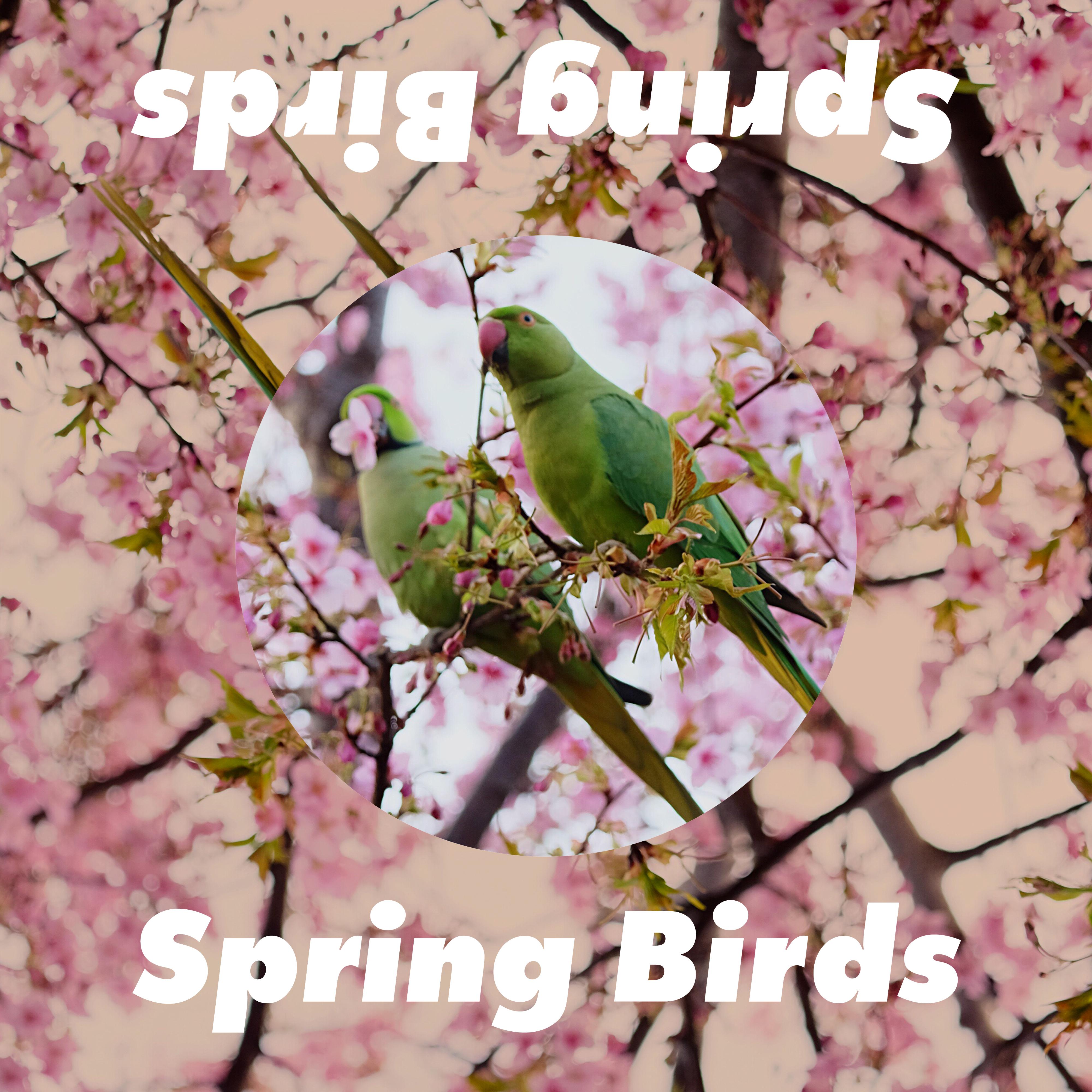Attracting Birds with Flowers: A Comprehensive Guide to Creating a Thriving Bird-Friendly Garden
Guide or Summary:Flowers Attracting BirdsNative Flowers for Bird AttractionButterfly BushWild MilkweedBlack-Eyed SusanSalviaFlowering ShrubsServiceberryHoll……
Guide or Summary:
- Flowers Attracting Birds
- Native Flowers for Bird Attraction
- Butterfly Bush
- Wild Milkweed
- Black-Eyed Susan
- Salvia
- Flowering Shrubs
- Serviceberry
- Hollyhock
- Creating a Bird-Friendly Garden
- Plant a Variety of Flowers
- Provide Water Sources
- Use Native Plants
- Create Cover and Nesting Sites
Flowers Attracting Birds
Birds have a natural affinity for vibrant colors and sweet scents, making flowers a perfect choice for attracting avian visitors to your garden. Not only do they bring color and life to your outdoor space, but they also provide essential resources for feathered friends. In this comprehensive guide, we'll explore the wonders of flowers that attract birds and offer practical advice on creating a thriving bird-friendly garden.
Native Flowers for Bird Attraction
When selecting flowers to attract birds, it's crucial to choose native species. These plants have evolved alongside local bird populations and provide the most nutritious and appealing food sources. Some of the top native flowers for bird attraction include:
Butterfly Bush
Butterfly Bush (Buddleia davidii) is a stunning shrub that blooms with clusters of purple, pink, and white flowers. Its nectar-rich blooms are a favorite among hummingbirds, bees, and butterflies. Additionally, its dense foliage provides excellent cover for birds to nest and feed.
Wild Milkweed
Wild Milkweed (Asclepias incarnata) is an essential plant for attracting monarch butterflies and other pollinators. Its bright orange flowers and seed pods are rich in nectar and provide a vital food source for birds during migration.

Black-Eyed Susan
Black-Eyed Susan (Rudbeckia hirta) is a hardy perennial that produces cheerful yellow flowers with dark centers. Its abundant blooms provide a continuous food supply for birds, especially during the fall migration season.
Salvia
Salvia (Salvia officinalis) is a versatile plant that comes in various colors, including red, purple, and blue. Its tubular flowers are packed with nectar, attracting hummingbirds and other pollinators. The dense foliage of Salvia also provides excellent cover for birds.
Flowering Shrubs
In addition to perennials, flowering shrubs can also play a significant role in attracting birds. Some of the most popular shrubs for bird attraction include:
Serviceberry
Serviceberry (Amelanchier canadensis) is a deciduous shrub that produces clusters of white or pink flowers in the spring. Its berries are a favorite among birds, including robins, thrushes, and mockingbirds.

Hollyhock
Hollyhock (Alcea roseannes) is a tall, showy shrub that produces vibrant flowers in shades of pink, red, and purple. Its nectar-rich blooms attract hummingbirds and bees, while its dense foliage provides excellent cover for birds.
Creating a Bird-Friendly Garden
To create a thriving bird-friendly garden, follow these simple tips:
Plant a Variety of Flowers
A diverse mix of flowers will attract a wide range of birds. Choose plants with different bloom times to ensure a continuous food supply throughout the year.
Provide Water Sources
Birds need water to drink and bathe. Consider adding a birdbath or fountain to your garden to provide a clean and safe water source.

Use Native Plants
Native plants are better suited to local conditions and provide the most nutritious and appealing food sources for birds.
Create Cover and Nesting Sites
Birds need shelter from predators and harsh weather conditions. Provide nesting sites by installing birdhouses or creating natural cavities in trees or shrubs.
In conclusion, flowers that attract birds are a wonderful addition to any garden, offering both beauty and functionality. By selecting native plants, providing water sources, and creating cover and nesting sites, you can create a thriving bird-friendly garden that will delight both you and your feathered visitors. So, let's get planting and watch as the birds flock to your garden!